Banded Tree Snail, Orthalicus floridensis.
The banded tree snail is the largest of the Florida tree snails. This outgoing species has two to three spiral brown bands and one to four dark brown vertical growth lines on its shell. They can be found only in south Florida, from Big Pine Key in the south, northward to Chokoloskee Key on the west coast and Miami on the east coast. This area falls in Dade, Monroe, and Collier counties. Their range north of this area is restricted due to this species’ intolerance of cold weather.
Banded tree snails occupy dense, hardwood hammocks where they live on a variety of both native and introduced species of trees. There, they feed on algae, fungi, and lichens on bark and leaf surfaces. This species is no longer listed as threatened as of January 11, 2017. They are, however, part of the Imperiled Species Management Plan. This is due to the species’ limited range, loss of suitable habitat within that range, and threats from fire ants which can kill tree snails during hibernation.
Banded tree snails are hermaphrodites. This means they possess both male and female reproductive structures. The late summer rains trigger them to mate. Banded tree snails take 2 to 3 years to reach sexual maturity. They lay eggs in nests at the base of trees. These eggs are roughly pea-sized and will remain in the nest until the next rainy season when the young will hatch and move up into the trees.

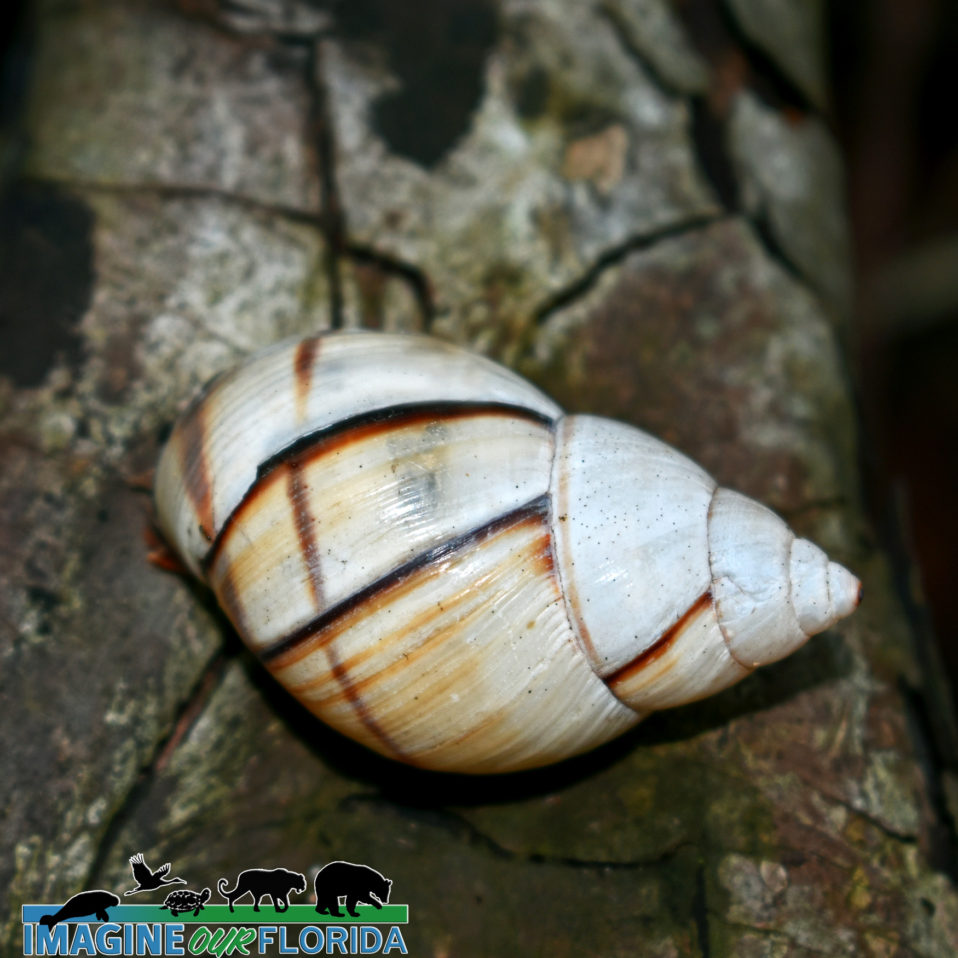
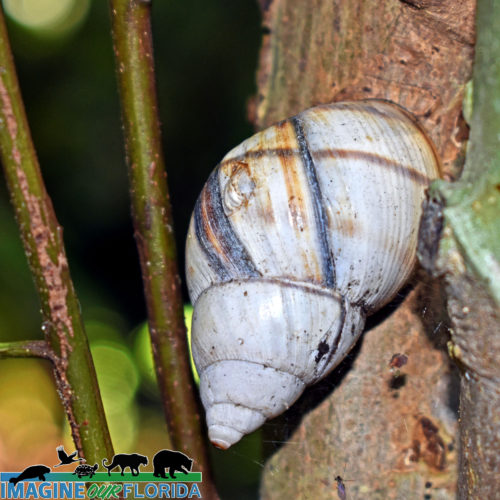
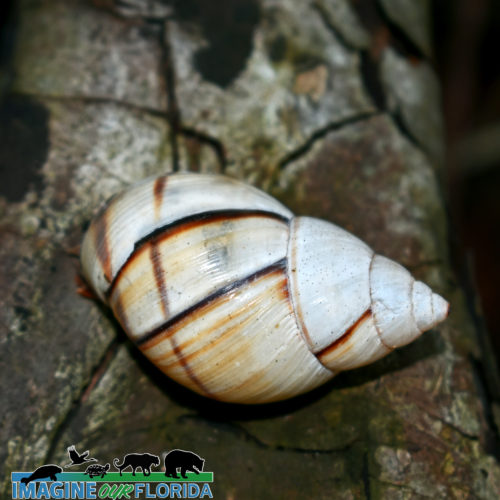
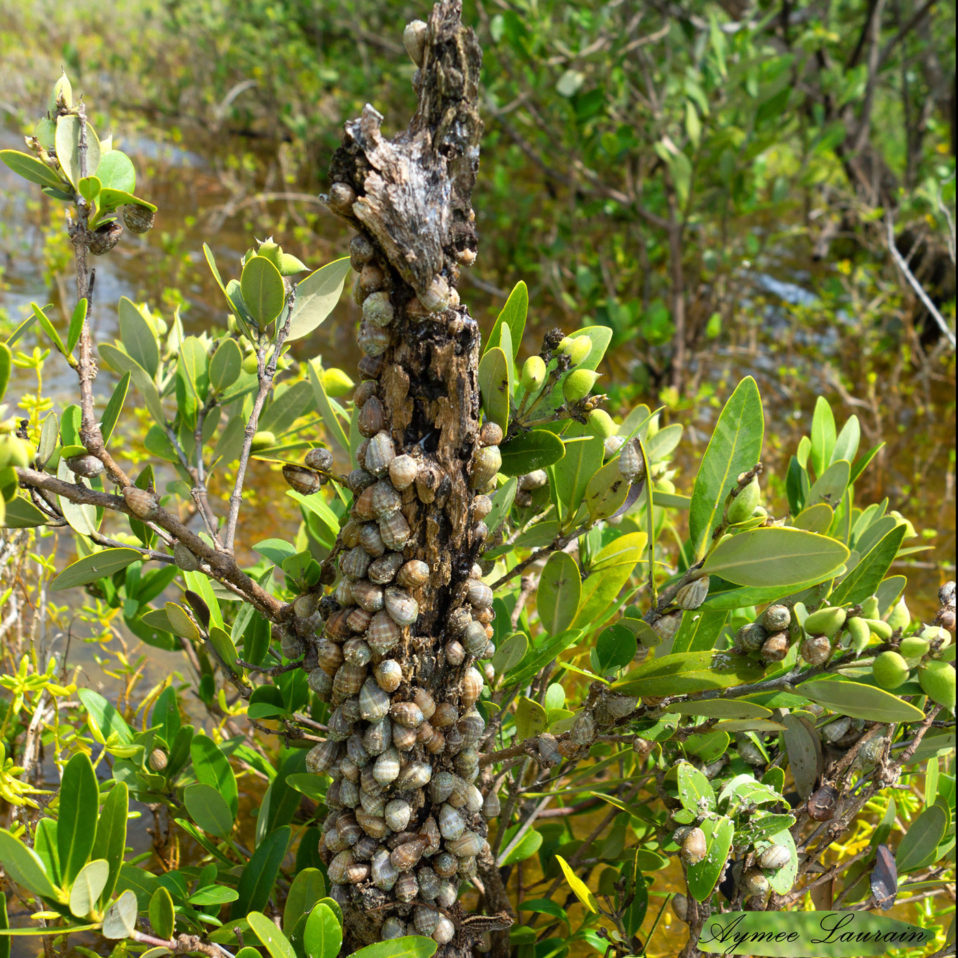
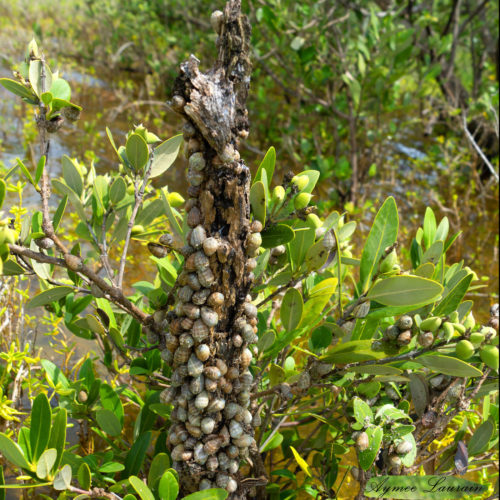
Recent Comments